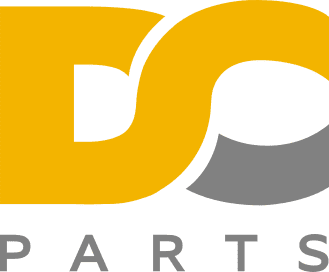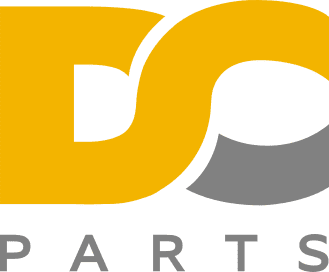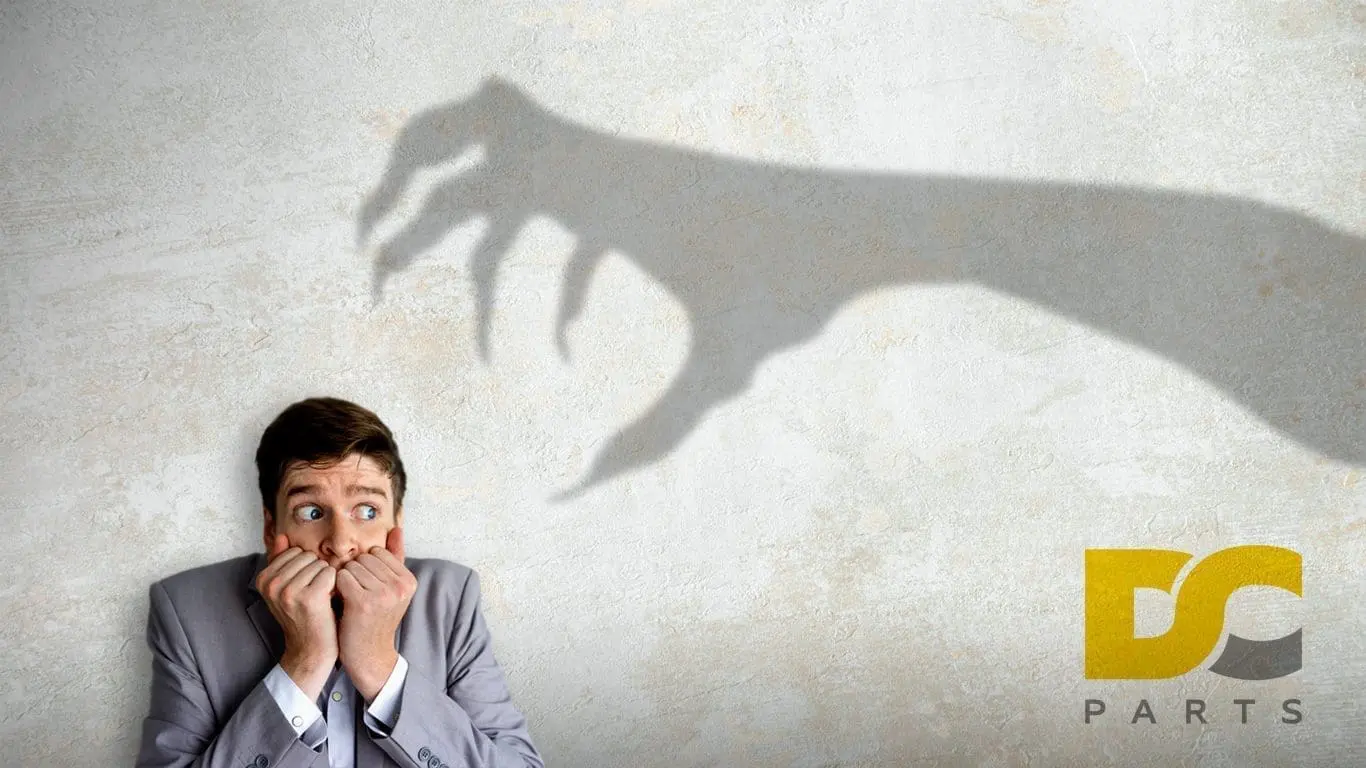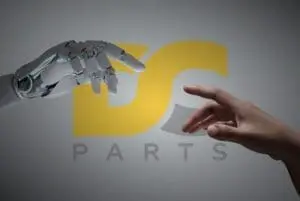A smart way to assess your hardware maintenance costs
When the brand becomes bloated: The Overvaluation of OEM Support
Instead of raising the price as OEMs or taking advantage of a captive market, third-party maintenance (TPM) companies provide the same quality corporate hardware support as EMC, but at a reasonable price.
How is this possible?
Simply put, third-party maintenance has changed EMC's business model in its head.
Let's break it down.
We have compiled a similar set of storage equipment configurations from three main storage vendors: IBM, NetApp and, of course, EMC. In addition, we did a survey to compare how much each brand is the cost of maintenance through OEMs.
To estimate offline hardware, we chose support during business hours from 9 am to 17 pm, with the next business day at the replacement location. This is indicated for short by 9x5xNBD. And to estimate the support found in a typical production environment, we chose 24/7 support with 4 hours replacement on site. This is indicated in short form by 24x7x4.
We then take those numbers and compare them to the respective third-party maintenance (TPM) prices from DC Parts.
The difference is stark.
You can see that the TPM price has a substantial discount compared to the OEM support costs.
You may think that the OEM brand value has gone to the head as well. You can believe that OEMs decide that they can charge more simply because of the names on their invoices.
Furthermore you would only be partially correct. Part of that is the cost of spare parts. And so is the cost of implementing engineers. This is all just a psychological trick that we'll discuss a little later. But, mainly, the difference is one of philosophy.

The parts of it: How maintenance companies get lower prices
When a piece of your hardware breaks under a support contract, where do replacement parts come from? Most TPM companies pull spare parts from a set of refurbished parts that have been specifically reserved for repair work. Most TPM suppliers prefer refurbished stock over new parts because:
- New parts are initially more expensive than refurbished ones.
- New parts have not been tested as thoroughly as refurbished parts have been.
It is a win-win situation for the maintenance provider, and it can also benefit the customer if the price is right. However, when companies like EMC decide to bundle these parts together for maintenance at an inflated price.
Customers are unable to save money.
So, is it where maintenance companies get these refurbished parts? Most of the OEM's refurbished stock comes from new equipment that has been returned to the OEM for any number of reasons such as rent, sizing errors or warranty returns.
The Global Game: The global capabilities of TPM leaders
But, through the purchase and sale of parts, in a large network of leasing and direct partnerships of companies, secondary market resellers (such as DC Parts) help create a market for refurbished equipment. When you combine this secondary market access with advanced global TPMs capabilities, a provider like DC Parts can capitalize on global list price differences, foreign market liquidations and other arbitrage opportunities in the secondary storage hardware market.
As a result, these TPMs often have even more access to parts and better prices than EMC.
TPMs with the features described above have the advantage of an internal inventory that is always fully supplied with a wide range of hardware.
What we're saying is this: EMC ends up using the same parts that a TPM provider stocks. But if you choose the EMC version, you pay a lot more for the same hardware. TPMs with global reach such as DC Parts, use their global reach to source parts from all over the world and thus secure those parts at the best possible prices.
The dirty side of maintenance: EMC's dirty little secret
EMC sees maintenance as an insurance policy. For the first two years, they refrain from charging too much because they don't expect a lot of hardware failures and subsidize their costs by selling the new hardware you just purchased. But after two to three years, that story changes. And the same goes for your maintenance account.
In the second year, but certainly in the third, they begin to expect a more consistent failure rate from the data center hardware. This means that EMC also hopes to dip money into its pockets to send replacement hardware and certified engineers for on-site repairs. What they don't tell you at first is that you will have to dig deep in your own pockets as well.
In addition, you must remember what drives EMC predominantly - new hardware sales. That is the dirty secret. Increasing support costs has the net effect of pushing you to new hardware, which will only begin the vicious cycle again: wash, rinse, repeat. Nobody likes that kind of dirty laundry.
But what if you are not on a three-year upgrade cycle? What if your ROI calculations require you to maintain the hardware for up to five or seven years? If so, be prepared to pay EMC for the privilege.
We look at support differently: what does support look like in DC Parts
Na DC Parts, we see IT support differently. While we want to profit from our business, we refuse to do so at the expense of yours – we want your success to be as successful as ours. Thanks to the incessant advancement of technology, we have found that the price of hardware really does tend to go down over time. If the cost of hardware decreases over time, why should the cost of support increase? Well it shouldn't, and if yours does then we think it's a terrible thing.
Truth be told, this was our “aha” moment – we found a way to succeed by aligning our priorities with yours.
So we've happily changed the traditional EMC outsourced support model on its head and now offer the DC Parts with a price that typically beats EMC by 50-80%.
join the DC Parts in this mission of restoring sanity to support contracts, and we guarantee that your support costs will never increase just because an arbitrary amount of time has passed. We'll help you maintain your hardware for as long as you want to keep your systems in service.
Do you still think it sounds too good to be true?
The significant cost savings from implementing the TPM are not simply theoretical. We can show you.
Questions?
Call our product team at 011 3022-4694 or send an email to: contato@dcparts.com.br
Warranty:
All the hardware in the DC Parts is fully tested, guaranteed and comes with a 90-day warranty. Above all, we will support you before, during and after the sale.
Product Experience:
In other words, we know how important it is that you get the product you need to meet your needs. In addition, we have a sales team and agile logistics to make the shortest possible delivery times possible.
Sending proposals within 2 business days, experimenting with data centers and integrators and we always try to get the best price.
Do not hesitate to contact us with any questions about compatibility, condition or the best product available for your need.
Our website represents only a fraction of the pieces we work with. But you can contact your complete requirements or equipment lists.
